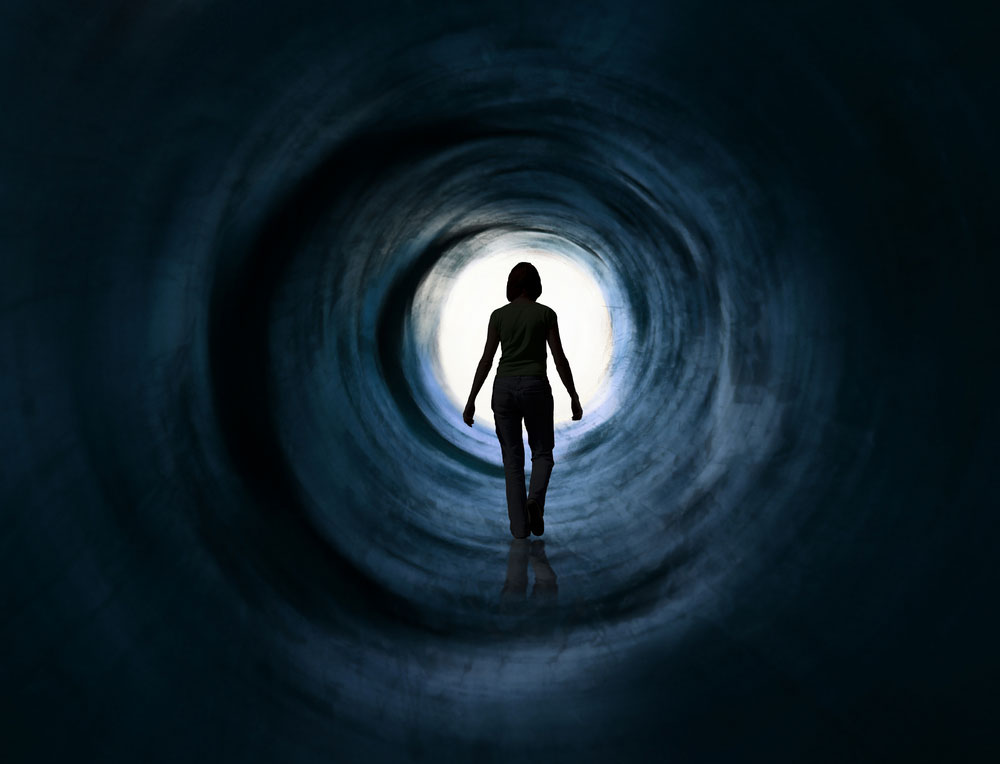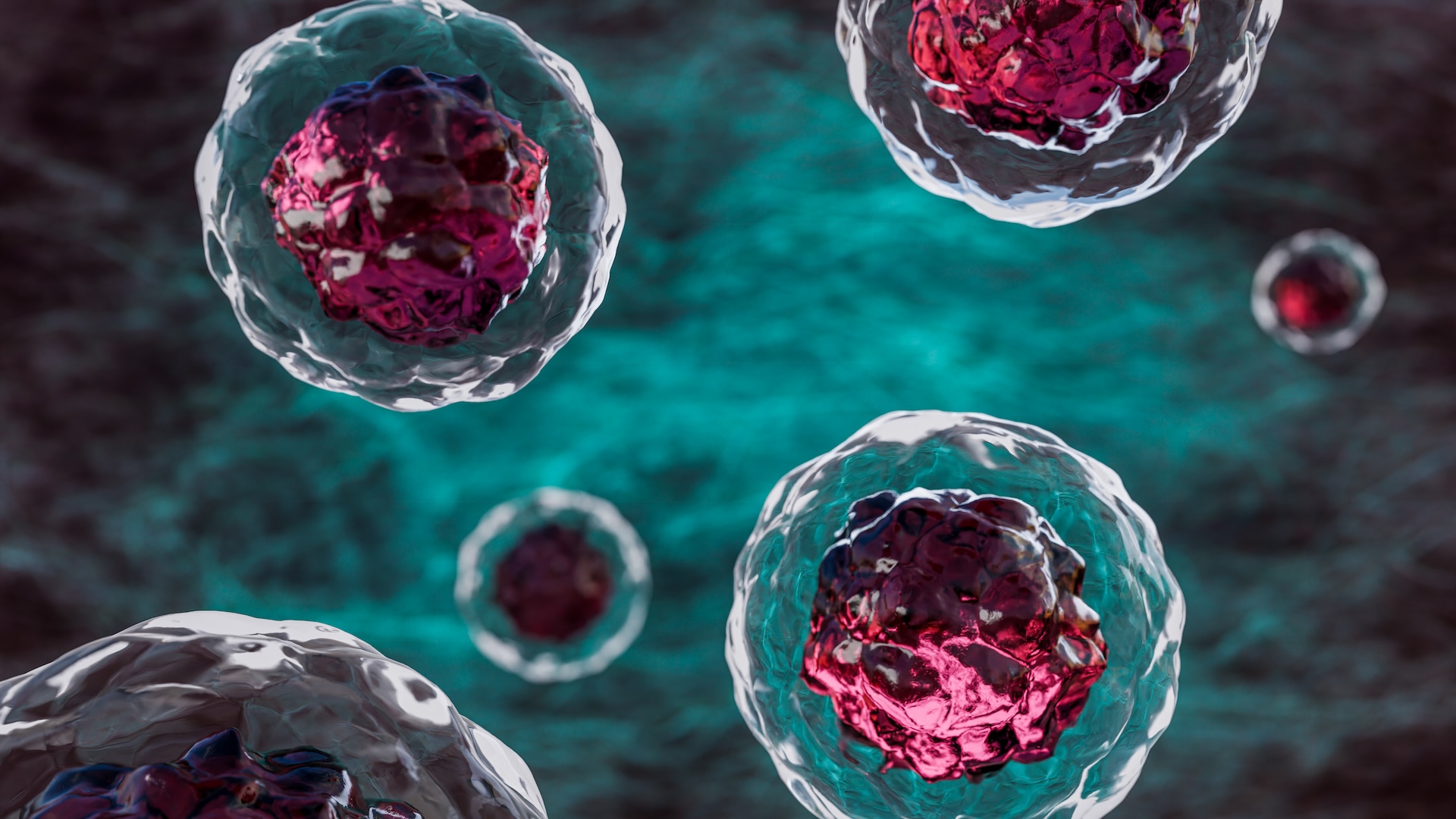Near-Death Experiences are Lucid Dreams, Experiment Finds

In a new exercise by a California organization that studies lucid dreaming, volunteers have been conditioned to dream near-death experiences, including the classic scenario of flying toward a light at the end of a tunnel. The researchers say their experiment demonstrates that these heavenly visions must be products of the human mind rather than supernatural phenomena.
In the sleep experiment at the Out-Of-Body Experience Research Center in Los Angeles, four groups of 10 to 20 volunteers were trained to perform a series of mental steps upon awakening during the night that might lead them to have out-of-body experiences. If able to "separate" from their bodies, they were then conditioned to try dreaming about floating through a tunnel toward a bright light. Eighteen of the volunteers said they were able to dream such an experience.
"Some of the test subjects not only succeeded in reproducing the out-of-body flight through a tunnel, but also enjoyed the ecstasy typical of the experience, and even flew all the way to the light and met their deceased relatives there," center leader Michael Raduga stated in a press release about the work, which has not been published in a peer-reviewed journal.
More than 8 million Americans have had a near-death experience, and they most often occur during states of anesthesia-induced sleep, according to the center. Prior work by neurologists, including Kevin Nelson of the University of Kentucky, suggests that NDEs are indeed generated by the same brain mechanisms that cause lucid dreams. Nelson's research shows that both types of experiences arise when part of the brain called the dorsolateral prefrontal region — our "logical center," which is usually active only when we're awake — becomes active during REM sleep, allowing extremely vivid dreams that seem to be happening in real life. He calls the transitional state between dreaming and wakefulness a "borderland of consciousness" and believes it is in this mixed state that lucid dreams and NDEs occur.
With Nelson's research in mind, Raduga designed his experiment to determine if volunteers could be coached to dream up NDEs when in the transitional phase between sleep and waking. This would demonstrate that reports of NDEs, which are commonly cited as proof of the supernatural, really are just lucid dreams.
Volunteers who successfully generated NDEs described their experiences for the researchers. One participant, identified by the center asNadezhda S., stated: "I was able to leave my body after a couple of tries. Now that I was out of my body, I wanted to see the tunnel and it immediately appeared in front of me … Once I flew to the end of that tunnel … I saw my deceased husband there in the spirit. We spoke for several minutes. His words, touch, bearing, and feelings were real, just like during his life. Later on, when I felt it was time to leave, I went up to the tunnel, jumped and gently landed in my body."
Nelson said conclusions from the research should be "cautiously drawn" until the findings pass the peer-review process, but they are nonetheless well-aligned with prior research on NDEs. "Lucid dreaming can be conditioned and bears an uncanny similarity to near-death," Nelson told Life's Little Mysteries. "Indeed, Raduga's study demonstrates the similarity of near-death and lucid dreaming. Evidence from many sources converges to support that lucid dreaming and near-death use similar brain mechanisms but in different circumstances."
Get the world’s most fascinating discoveries delivered straight to your inbox.
The research may have implications for those who believe in the afterlife. "NDE, as the most trusted reason for believe in life after life, may be just the result of spontaneous and hyper-realistic lucid dreams, induced by narcosis or brain damage during dying," Raduga wrote in an email. "This means that NDEs aren't evidence of life after life."
Follow Natalie Wolchover on Twitter @nattyover. Follow Life's Little Mysteries on Twitter @llmysteries, then join us on Facebook.
Natalie Wolchover was a staff writer for Live Science from 2010 to 2012 and is currently a senior physics writer and editor for Quanta Magazine. She holds a bachelor's degree in physics from Tufts University and has studied physics at the University of California, Berkeley. Along with the staff of Quanta, Wolchover won the 2022 Pulitzer Prize for explanatory writing for her work on the building of the James Webb Space Telescope. Her work has also appeared in the The Best American Science and Nature Writing and The Best Writing on Mathematics, Nature, The New Yorker and Popular Science. She was the 2016 winner of the Evert Clark/Seth Payne Award, an annual prize for young science journalists, as well as the winner of the 2017 Science Communication Award for the American Institute of Physics.

